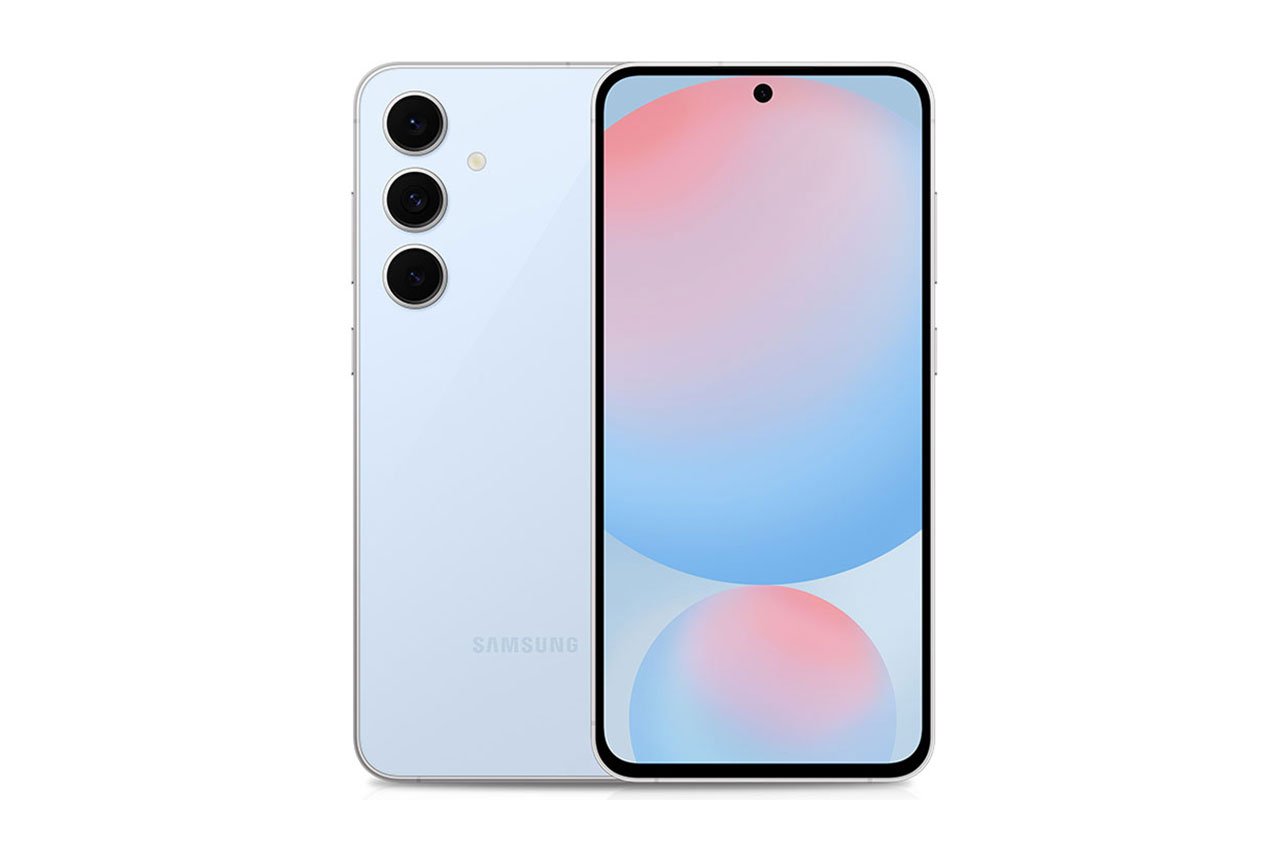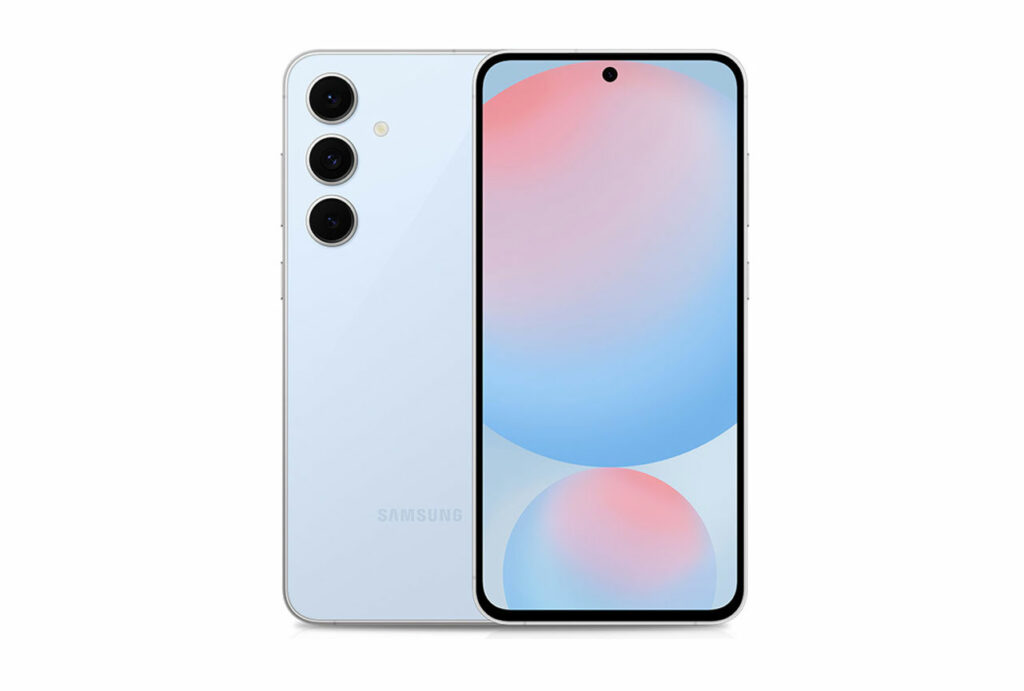We put the Samsung Galaxy S24 FE through our rigorous DXOMARK Camera test suite to measure its performance in photo, video, and zoom quality from an end-user perspective. This article breaks down how the device fared in a variety of tests and several common use cases and is intended to highlight the most important results of our testing with an extract of the captured data.
Overview
Key camera specifications:
- Primary: 50MP sensor, 24mm equivalent f/1.8-aperture lens, Dual Pixel PDAF, OIS
- Ultra-wide: 12MP sensor, 123° field of view, f/2.2-aperture lens
- Tele: 8MP sensor, 75mm equivalent f/2.4-aperture lens, PDAF, OIS, 3x optical zoom
Scoring
Sub-scores and attributes included in the calculations of the global score.

Samsung Galaxy S24 FE


Use cases & Conditions
Use case scores indicate the product performance in specific situations. They are not included in the overall score calculations.
Outdoor
Photos & videos shot in bright light conditions (≥1000 lux)
Indoor
Photos & videos shot in good lighting conditions (≥100lux)
Lowlight
Photos & videos shot in low lighting conditions (<100 lux)
Friends & Family
Portrait and group photo & videos
Pros
- Good exposure
- Accurate white balance across most test conditions
- Stable and accurate autofocus
- Good detail in bright light
- Effective video stabilization in most conditions
Cons
- Noise in all conditions, especially in low light
- Limited dynamic range in some high-contrast scenes
- Artifacts, including ghosting, color quantization, and hue shift
- Lack of detail and texture artifacts in low light
- Frame shift when recording video on a tripod
- Video artifacts include quantization and halos
The Samsung Galaxy S24 FE achieved very good results for its class in the DXOMARK Camera tests, thanks to good exposure, nice colors, and accurate white balance across most test conditions when shooting still images and recording video. In addition, the autofocus system performed reliably, delivering well-focused photos and video clips alike. On the downside, our experts observed more intrusive noise and lower levels of detail than on best-in-class devices when the light conditions got dimmer.
The Galaxy S24 FE also offered a decent zoom range, from a 13mm equivalent ultra-wide to the 3x optical zoom of the dedicated tele camera module. At long range tele settings, the S24 FE could not quite match the slightly more expensive Galaxy S24, but image quality was close to its predecessor the Galaxy S23 FE, with which it shares many camera hardware specifications.
Test summary
About DXOMARK Camera tests: DXOMARK’s Camera evaluations take place in laboratories and in real-world situations using a wide variety of subjects. The scores rely on objective tests for which the results are calculated directly by measurement software on our laboratory setups, and on perceptual tests in which a sophisticated set of metrics allow a panel of image experts to compare aspects of image quality that require human judgment. Testing a smartphone involves a team of engineers and technicians for about a week. Photo, Zoom, and Video quality are scored separately and then combined into an Overall score for comparison among the cameras in different devices. For more information about the DXOMARK Camera protocol, click here. More details on smartphone camera scores are available here. The following section gathers key elements of DXOMARK’s exhaustive tests and analyses. Full performance evaluations are available upon request. Please contact us on how to receive a full report.
Photo
Samsung Galaxy S24 FE
169
For scoring and analysis, DXOMARK engineers capture and evaluate more than 2,600 test images both in controlled lab environments and in outdoor, indoor and low-light natural scenes, using the camera’s default settings. The photo protocol is designed to take into account the main use cases and is based on typical shooting scenarios, such as portraits, family, and landscape photography. The evaluation is performed by visually inspecting images against a reference of natural scenes, and by running objective measurements on images of charts captured in the lab under different lighting conditions from 1 to 1,000+ lux and color temperatures from 2,300K to 6,500K.
DXOMARK engineers capture and evaluate over 400 test images in controlled lab environments and in outdoor, indoor, and low-light natural scenes, using the camera’s default settings and pinch zoom at various zoom factors from ultra wide to very long-range zoom. The evaluation is performed by visually inspecting the images against a reference of natural scenes, and by running objective measurements of chart mages captured in the lab under different conditions from 20 to 1000 lux and color temperatures from 2300K to 6500K.
Video
Samsung Galaxy S24 FE
159
DXOMARK engineers capture and evaluate more than 2.5 hours of video in controlled lab environments and in natural low-light, indoor and outdoor scenes, using the camera’s default settings. The evaluation consists of visually inspecting natural videos taken in various conditions and running objective measurements on videos of charts recorded in the lab under different conditions from 1 to 1000+ lux and color temperatures from 2,300K to 6,500K.



